
11 impressive photos taken by James Webb Space Telescope in 2023 (photos)
December 29, 2023 22:23
The James Webb Space Telescope launched on Christmas Day 2021, but 2023 marks its first full year of operation. This year, the telescope took thousands of images, which are not only pleasing to the eye, but also provide scientists with a lot of valuable material for research.
Here are 11 of the most impressive photographs taken by the telescope in the past year.
- This pair of stellar twins Herbig-Haro 46/47 is located at a distance of about 1500 light years from Earth. The stars are barely a few thousand years old, and they are still in the stage of active “development”, using the surrounding clouds of star dust and gas for this purpose: a star the size of the Sun reaches “coming of age” on average in 50 million years.
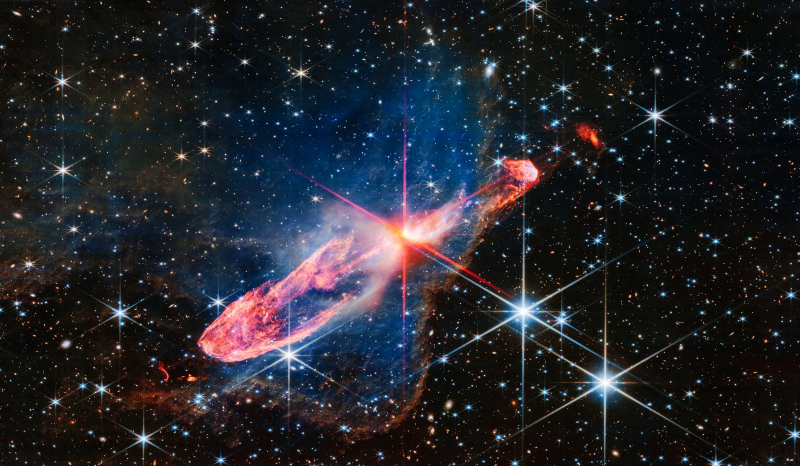
- This photo shows a pair of bright star formations that are located at a distance of 1600 light years from Earth - the Orion Nebula and the Trapezium Cluster. These formations contain 700 young stars at different stages of development, and 4 of them can be seen even with a simple amateur four-inch telescope. The brightest of these stars is 20,000 times brighter than the Sun.
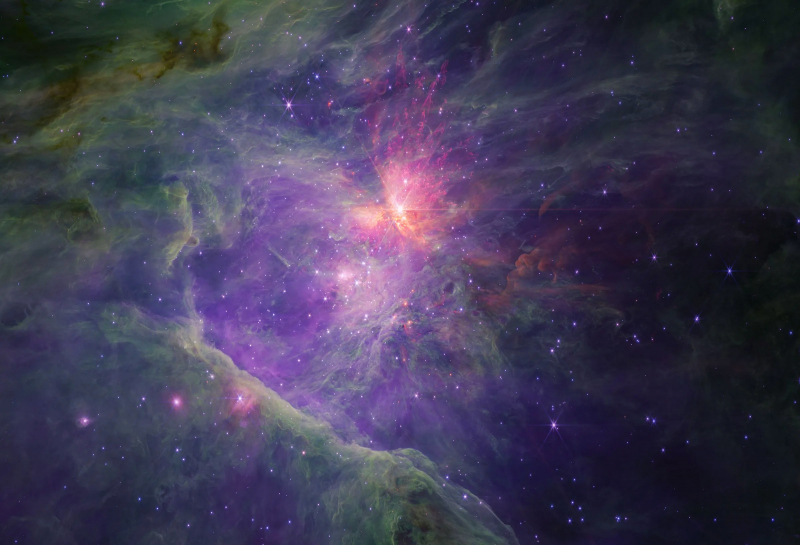
- The Wolf-Rayet star, located at a distance of 15,000 light years from the solar system, can safely be called exceptional: there are at least 100 billion stars in the Milky Way galaxy, and there are only 220 of them like the Wolf-Rayet star. The temperature of this star 20-40 times higher than the Sun, so it quickly loses its hydrogen shell, and its helium core is exposed. Because of this, the “life” of this star will be short - in just a few hundred thousand years it will dissolve into cosmic dust. For comparison, the Sun will “live” about 10 billion years.
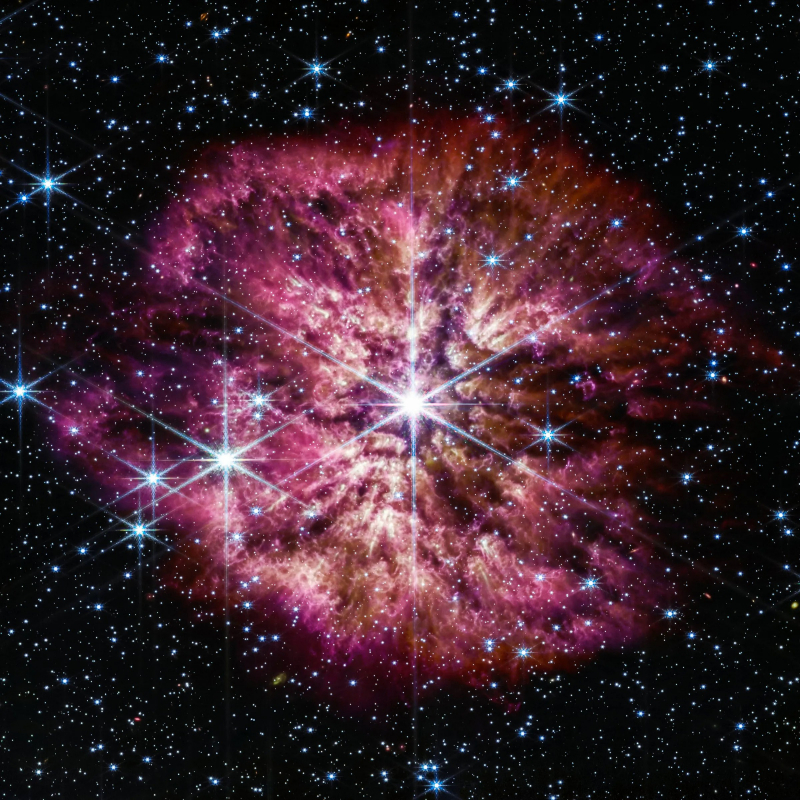
- In the photo below you can see the famous Ring Nebula at a distance of 2000 light years from Earth. She also fades away, but, unlike Wold-Rayet, she does it “slowly.”
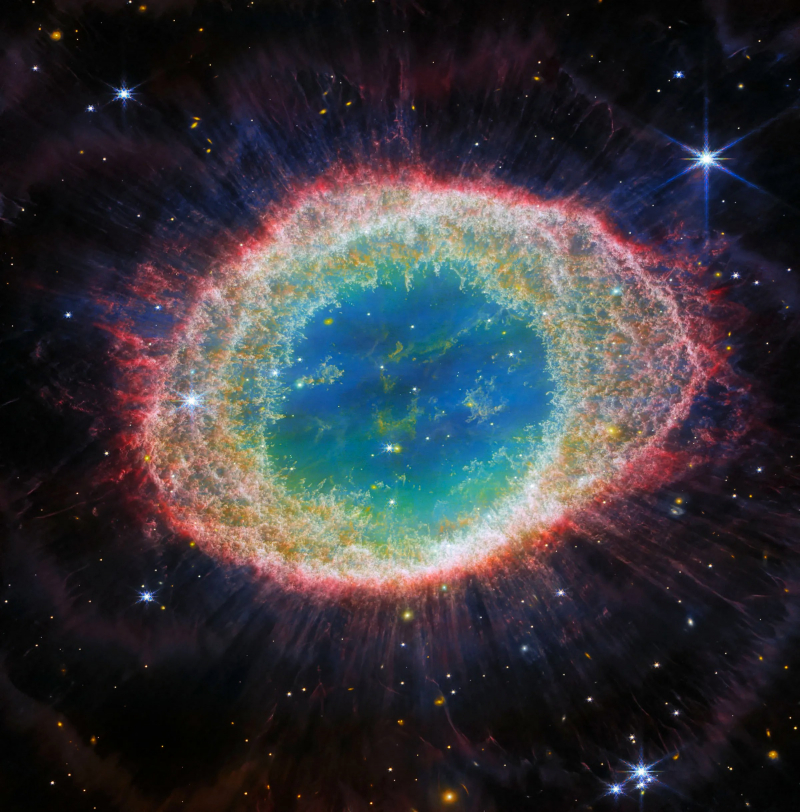
- It is no coincidence that the NGC 6822 galaxy is called a dwarf galaxy - it has only about 10 million stars. For comparison, there are 100 billion stars in the Milky Way. Despite its modest size, the galaxy looks very spectacular: it has a huge dust tail measuring 200 light years across, and a dense cluster of stars glows 100,000 times brighter than the Sun.
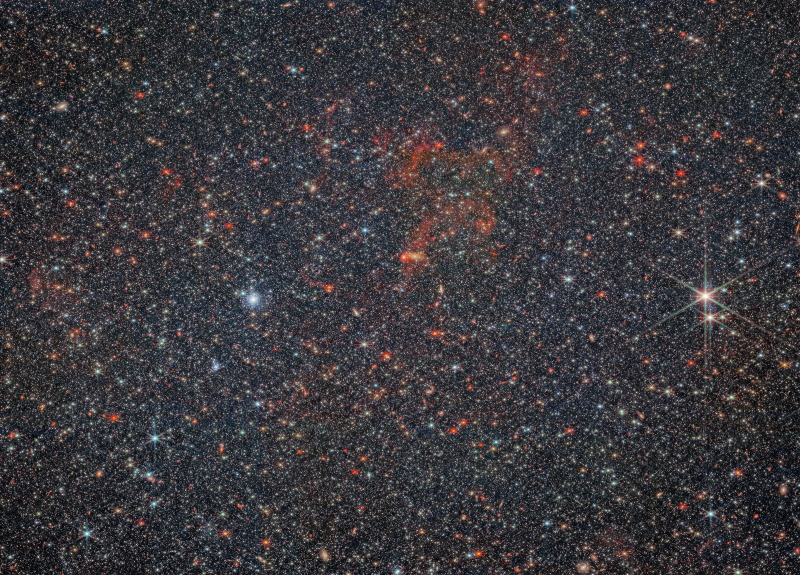
- Spiral galaxy M51, located at a distance of 27 million light years from Earth, is distinguished by the elegance of its arms and compact structure. It also has a companion galaxy, NGC 5195, and the two galaxies are playing a sort of gravitational tug of war, with NGC 5195 clearly winning. Its gravitational influence explains the structure of M51's arms.
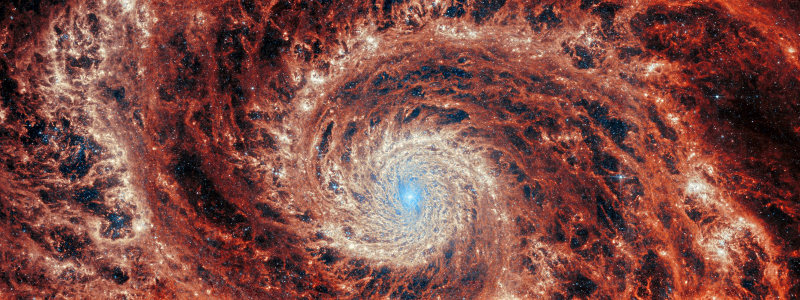
- The Orion Nebula contains the Orion Bar structure, formed by powerful radiation from the surrounding hot young stars.
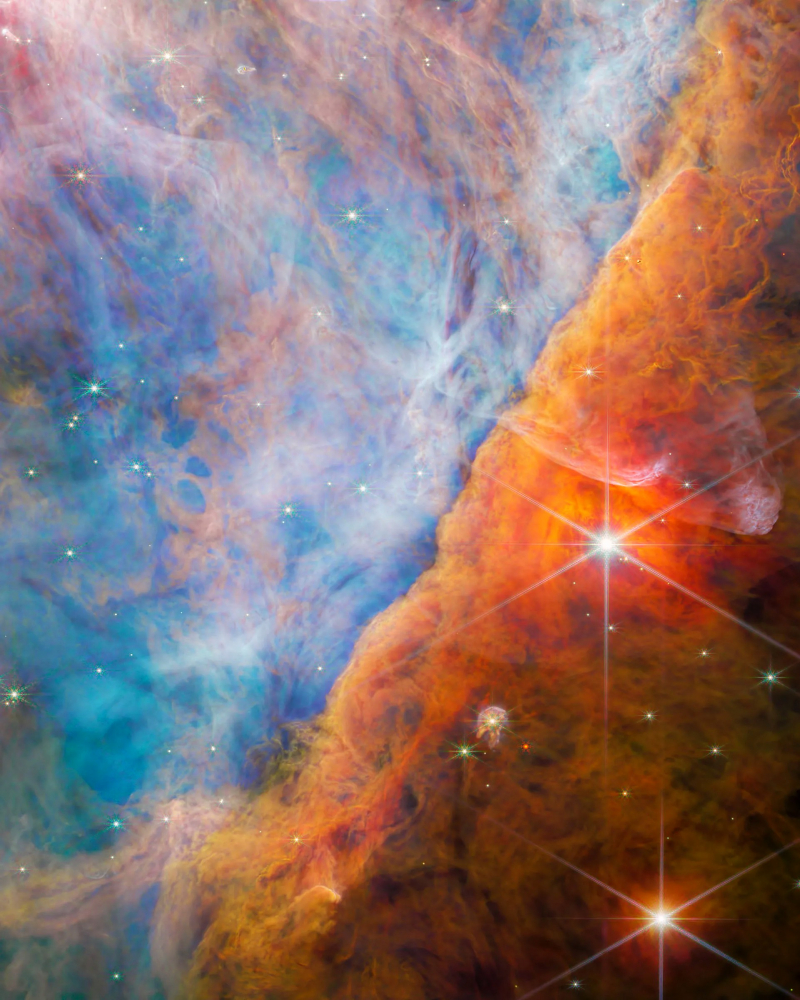
- The star cluster IC 348 took only five million years to form. It is located approximately 1000 light years from Earth and consists of approximately 700 stars.
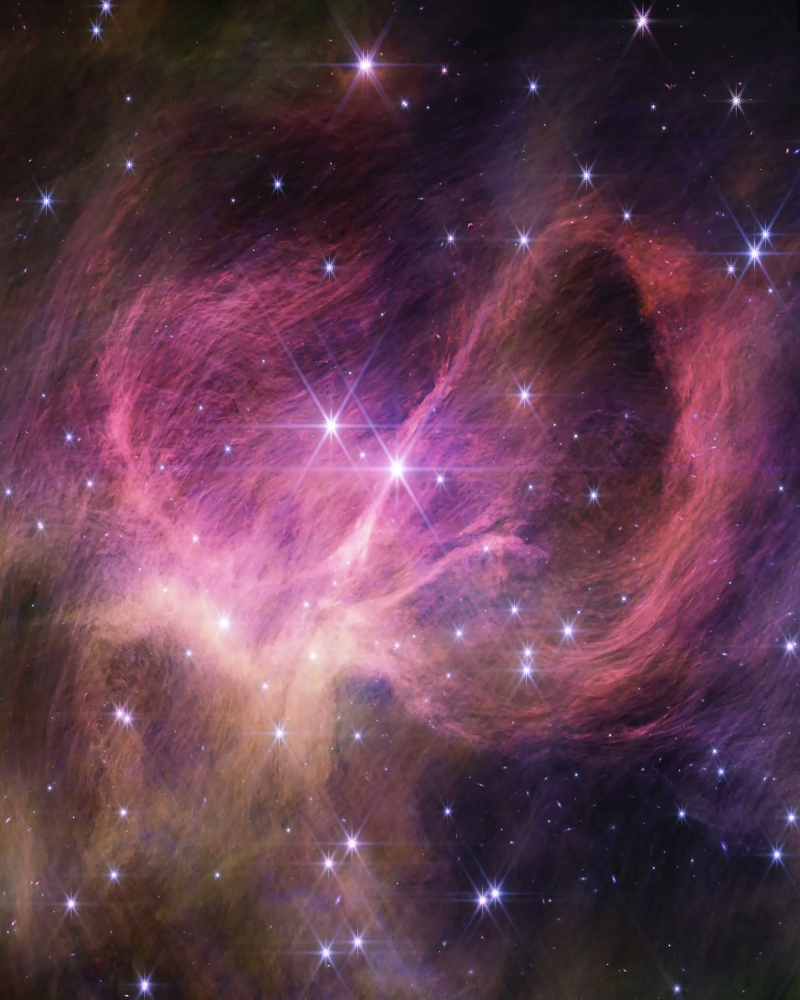
- The giant Pandora Cluster galaxy, known as Abell 2744, is actually a collection of four star clusters. It is located 3.5 billion light years from Earth and has a diameter of a staggering 350 million light years.
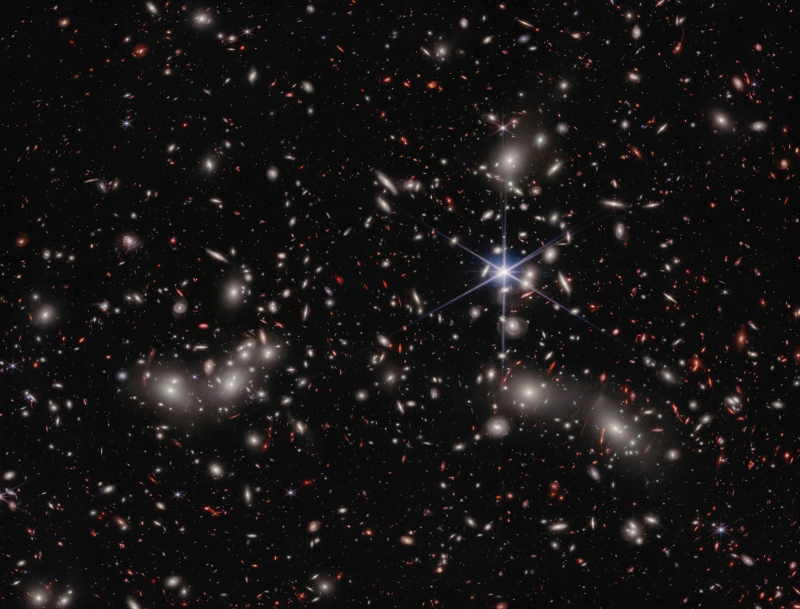
- Rho Ophiuchi is a cloudy complex of young and hot stars located just 460 light years from Earth. Most of the stars in this cluster are comparable in size to the Sun, only S1 is noticeably larger.
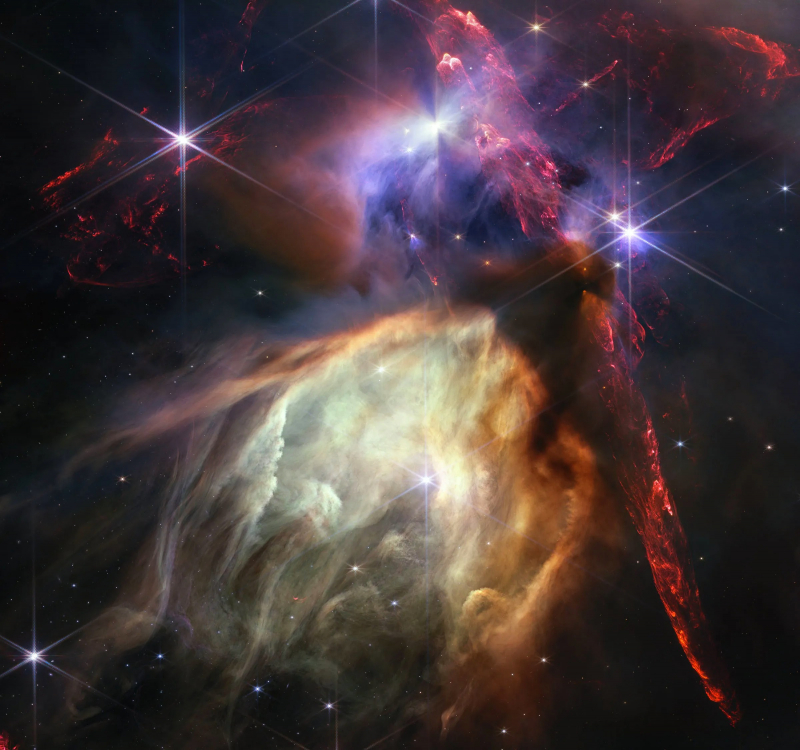
- James Webb photographs not only distant galaxies, but also objects in the solar system. Here, for example, is a beautiful image of Saturn and some of its 146 moons.
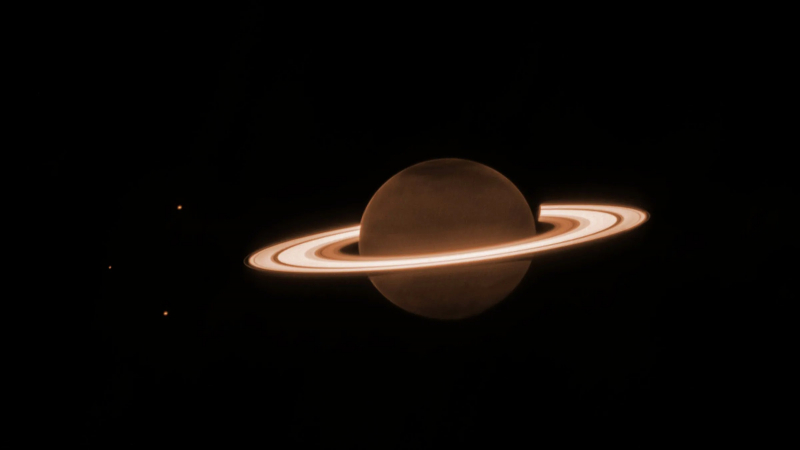
- Related News
- Wheel of Death: new method will help astronauts stay fit in low gravity
- Due to anomalies of Orion spacecraft, lunar exploration program may be delayed for years։ NASA
- TAO Observatory: World's highest telescope to study evolution of galaxies and exoplanets
- Powerful M9.5 solar flare causes radio blackout in Pacific Ocean
- What will happen to the Earth if the Moon disappears?
- Key to conquering the Red Planet: Why is NASA studying solar storms on Mars?
- Most read
month
week
day
- Digital Julfa Network is launching a pan-Armenian centre in the metaverse, on the Fastexverse virtual platform 907
- Sparkles: Boston Dynamics unveils a furry robot dog that can dance (video) 793
- Xiaomi unveils exclusive Redmi Note 13 Pro+ dedicated to Messi and Argentina national team 790
- Is there a ninth planet in the solar system? Scientists find new evidence 670
- Smartphone catches fire in child's hand in Russia 655
- What will happen to the Earth if the Moon disappears? 645
- How to understand how protected a smartphone is from water and dust? 636
- World's largest 3D printer was created in USL It prints 29 meter-long structures 620
- iPhone 16 may get colored matte glass back panel, 7 colors 610
- New iPad Pro to receive M4 chip and to be more powerful than Apple computers 609
- Archive
